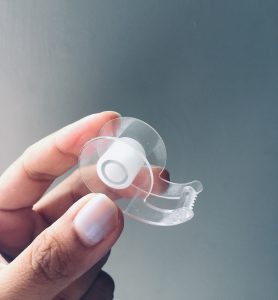Trials and Tribulations of Finding an Internship During a Global Pandemic
Last March, the museum world shut down. Closing to the public, many museums laid off staff and shifted into survival mode. It was a scary prospect for students in the museum programs at Tufts—would there be jobs when we graduate? Even more immediately—how could we …



